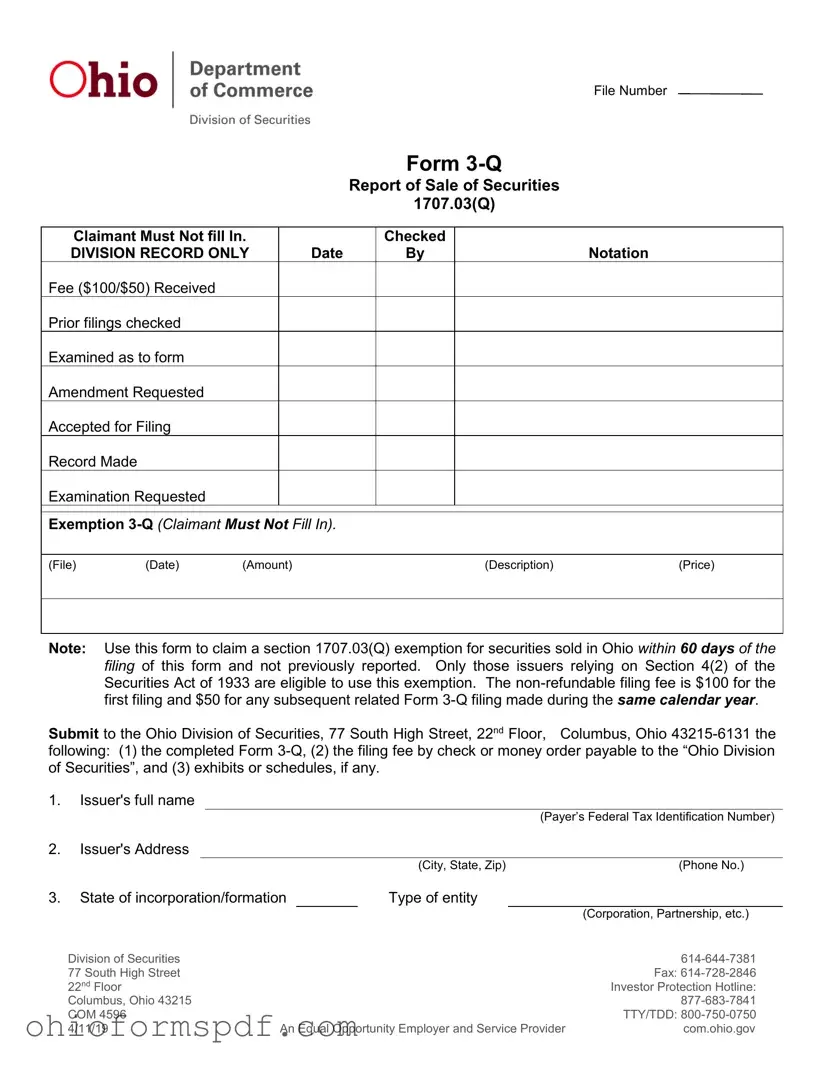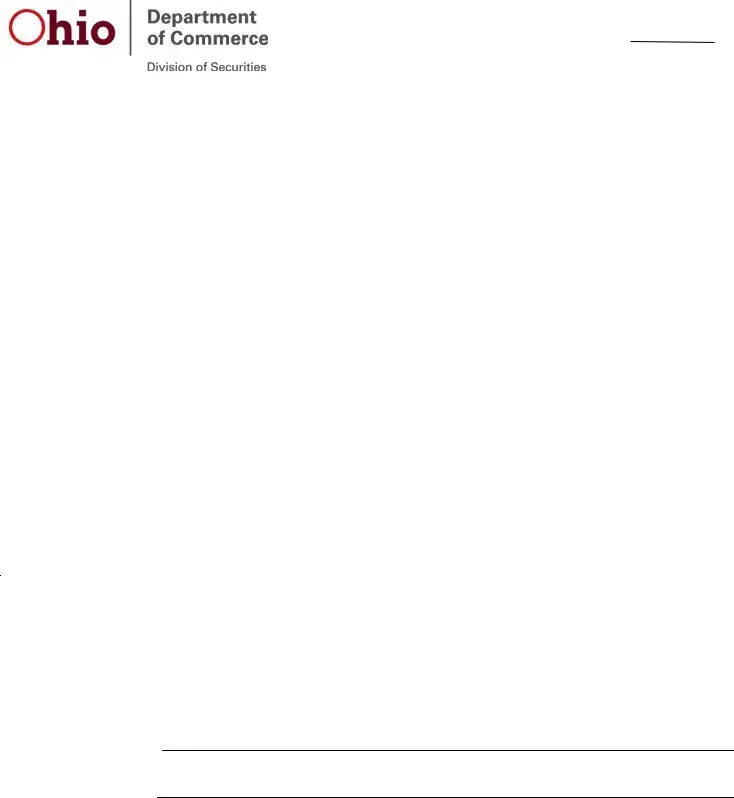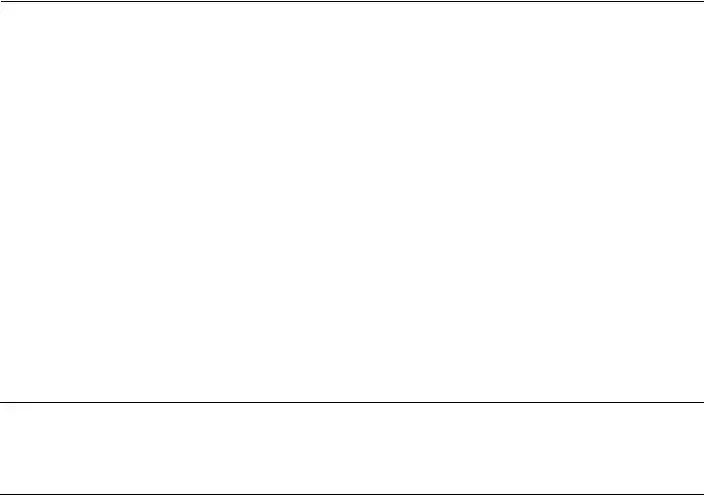What is the purpose of the Ohio 3-Q form?
The Ohio 3-Q form is designed for issuers to claim a section 1707.03(Q) exemption for securities sold in Ohio. This exemption applies to sales made within 60 days of the form's filing and for securities not previously reported. It is exclusively available to issuers relying on Section 4(2) of the Securities Act of 1933.
Who needs to fill out the Ohio 3-Q form?
Issuers of securities intending to claim an exemption under section 1707.03(Q) for sales made in Ohio must complete the form. This is pertinent to those who have conducted sales that require reporting and have not been previously filed, provided they qualify under Section 4(2) of the Securities Act of 1933.
What is the filing fee associated with the Ohio 3-Q form?
A non-refundable filing fee is required when submitting the Ohio 3-Q form. The initial filing attracts a $100 fee, with any subsequent related filings made during the same calendar year costing $50 each.
Where do I send the completed Ohio 3-Q form and the associated fee?
The completed form along with the necessary filing fee, paid via check or money order to the "Ohio Division of Securities", should be submitted to the Ohio Division of Securities, located at 77 South High Street, 22nd Floor, Columbus, Ohio 43215-6131.
Can Rules 504, 505, and 506 be used as a basis for claiming the exemption under Section 1707.03(Q)?
No, the exemption under Section 1707.03(Q) cannot be claimed based on Rules 504, 505, and 506. The exemption must be claimed pursuant to Section 4(2) of the Securities Act of 1933 only.
What should be included if commissions were paid for the sales of securities?
If any commissions, discounts, or other remuneration were paid or are to be paid for sales of securities in Ohio, these should be detailed on the form. This includes the name and address of the recipient, the amount, and the percentage of the initial offering price. If none were paid, the issuer should state "None".
Is there a requirement for companies not domiciled in Ohio?
Yes, incorporated issuers not domiciled in Ohio or unincorporated issuers whose principal place of business is outside of Ohio must file a Form 11 or Form U-2, as referenced in section 1707.11 of the Revised Code.



